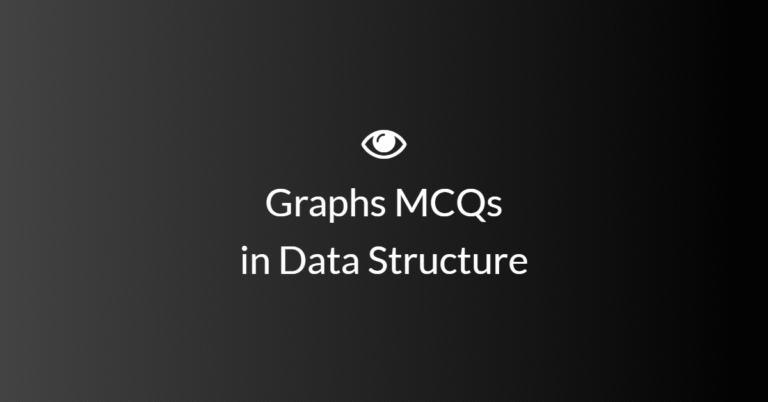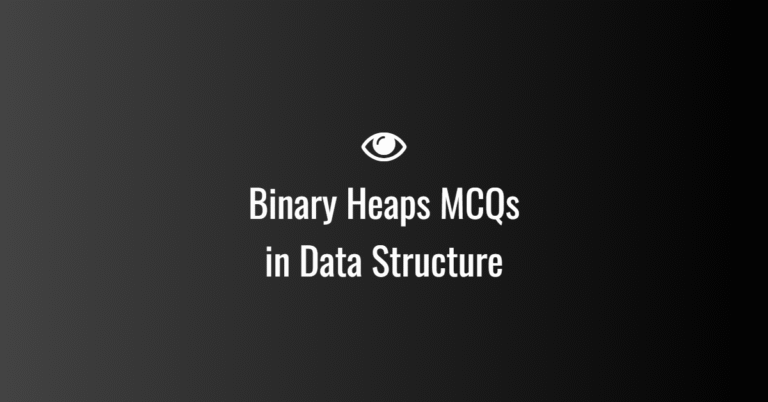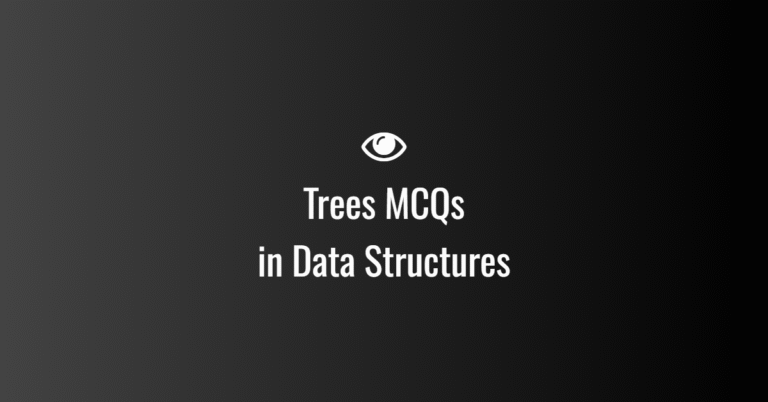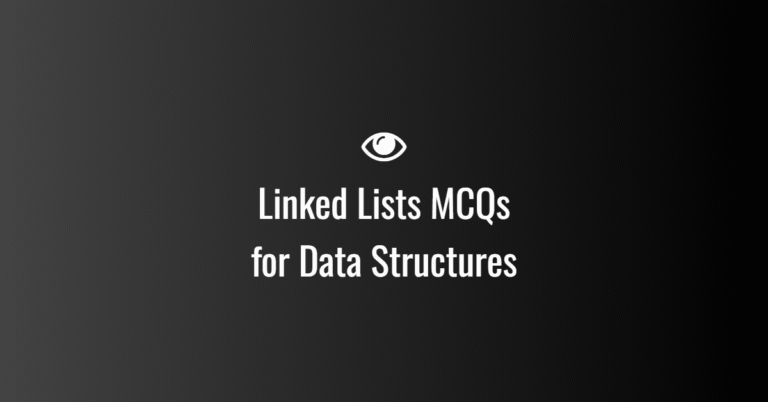
Spiral Model in Software Development
The Spiral Model is a risk-driven software development methodology that combines elements of both iterative and incremental models. It focuses on the continual refinement of the system through repeated cycles or “spirals.” The Spiral Model allows for incremental development of software, where each cycle addresses a portion of the system, with a focus on risk assessment and reduction.
Phases of the Spiral Model:
The Spiral Model consists of four major phases that are repeated in each cycle (or iteration):
- Planning Phase:
- Purpose: Identify the objectives, constraints, and alternatives for the project.
- Activities: In this phase, the project is planned and the goals are defined. The risk factors, system requirements, and project constraints are analyzed, and plans for the next cycle are developed.
- Deliverables: Project objectives, risk assessment, and plans for the next phase.
- Risk Analysis Phase:
- Purpose: Identify and analyze potential risks in the project.
- Activities: The focus is on identifying technical, managerial, and other risks that may affect the project’s success. Risk mitigation strategies are developed.
- Deliverables: Risk analysis reports, risk mitigation strategies.
- Engineering Phase (Design & Development):
- Purpose: Develop the software incrementally.
- Activities: After the risks are addressed, the system is designed and developed in this phase. Depending on the iteration, the design might be high-level or detailed.
- Deliverables: Prototypes, system designs, code, and functional modules.
- Testing Phase:
- Purpose: Evaluate and validate the software increment developed in the cycle.
- Activities: Testing is performed on the developed portion of the system. This phase is critical to ensuring that the system works as intended and meets the user’s requirements.
- Deliverables: Test results, feedback from the user, and bug reports.
Spiral Model Diagram:
The Spiral Model is visually represented as a spiral with multiple cycles. Each cycle represents one phase of development. The spiral grows outward as the project progresses, with each cycle building upon the previous one.

Spiral Model: Advantages and Disadvantages
Advantages:
- Risk Management: The primary advantage of the Spiral Model is its strong focus on risk management. Each iteration includes risk analysis, which helps prevent costly errors.
- Iterative Refinement: The project evolves iteratively, with each cycle improving upon the last. This allows for constant refinement and flexibility.
- Customer Feedback: The model allows for feedback from users after each cycle, ensuring that the software continues to meet their needs.
- Flexibility: The Spiral Model is highly flexible and can accommodate changes in requirements and technology throughout the development process.
Disadvantages:
- Complexity: The Spiral Model can be complex to manage, particularly for large projects, because it requires detailed planning and continuous risk assessments.
- Resource Intensive: Since the model involves multiple iterations and constant assessment of risks, it can be resource-intensive in terms of time, effort, and budget.
- Requires Expertise: The effective use of the Spiral Model requires experienced developers and project managers who can properly assess risks and manage the iterative process.
Ideal Use Cases for the Spiral Model:
- Large and Complex Projects: The Spiral Model is well-suited for large, complex projects with high uncertainty or risk factors, such as large enterprise applications or systems where technology or requirements may evolve over time.
- Projects with High-Risk Levels: Projects where risk analysis and mitigation are critical, such as projects in critical industries (e.g., aerospace, healthcare, defense).
- Prototyping: When the final system’s requirements are not clear, and frequent changes may be required.
Comparison with Other Models:
- Waterfall Model: The Waterfall Model is sequential and does not accommodate changes well once the project has started. In contrast, the Spiral Model allows for iterative development with frequent risk analysis, making it more flexible.
- V-Model: While both the Spiral and V-Model emphasize early testing, the Spiral Model places more importance on risk assessment throughout the development process, and it allows for more flexibility in changing requirements.
- Incremental Model: Like the Incremental Model, the Spiral Model allows for incremental development. However, the Spiral Model adds a focus on risk management and includes multiple iterations that refine the system over time.



